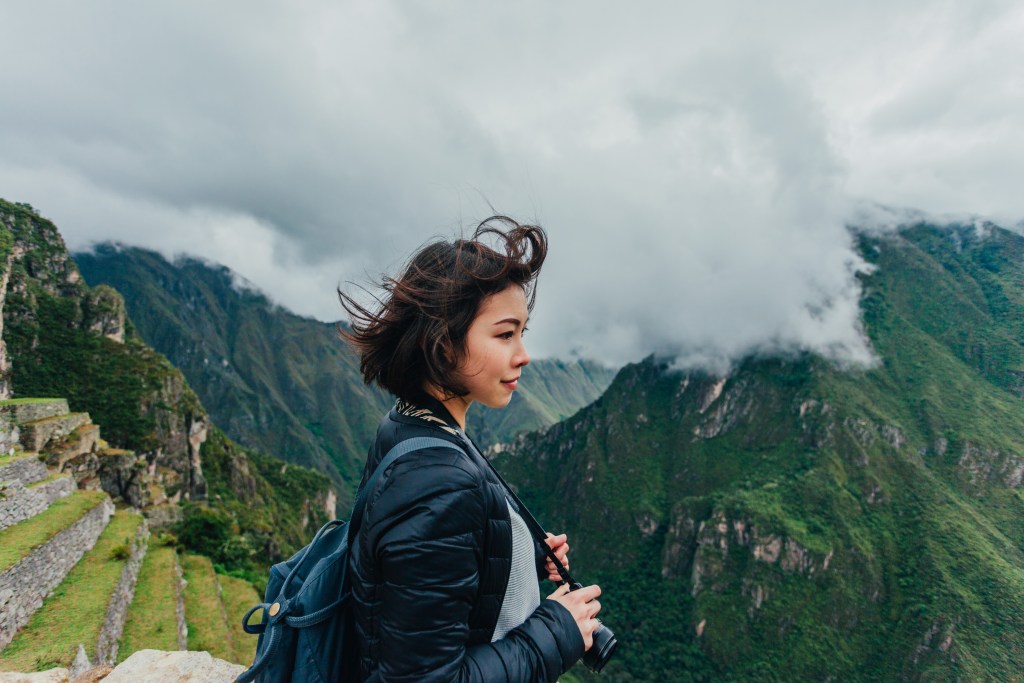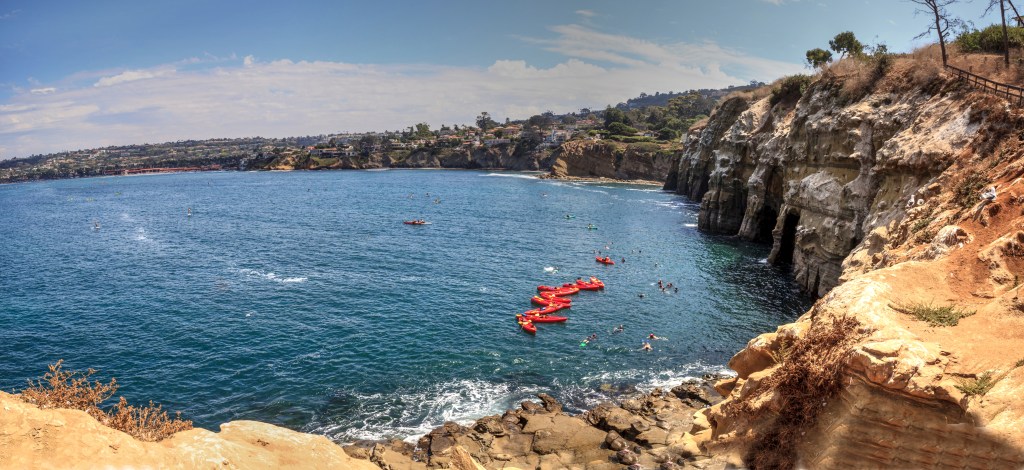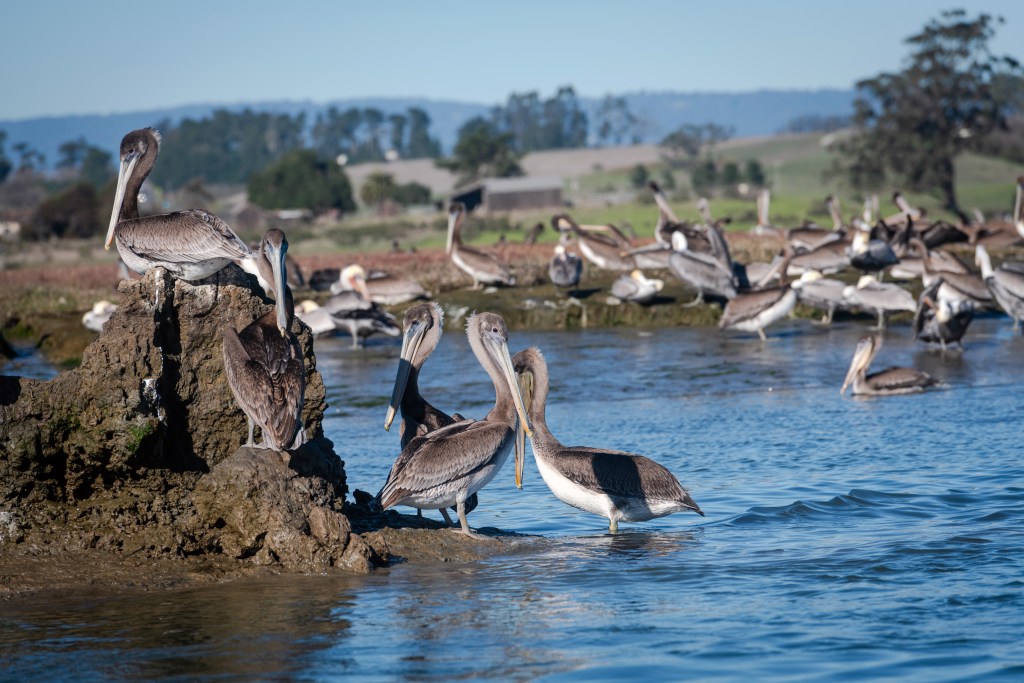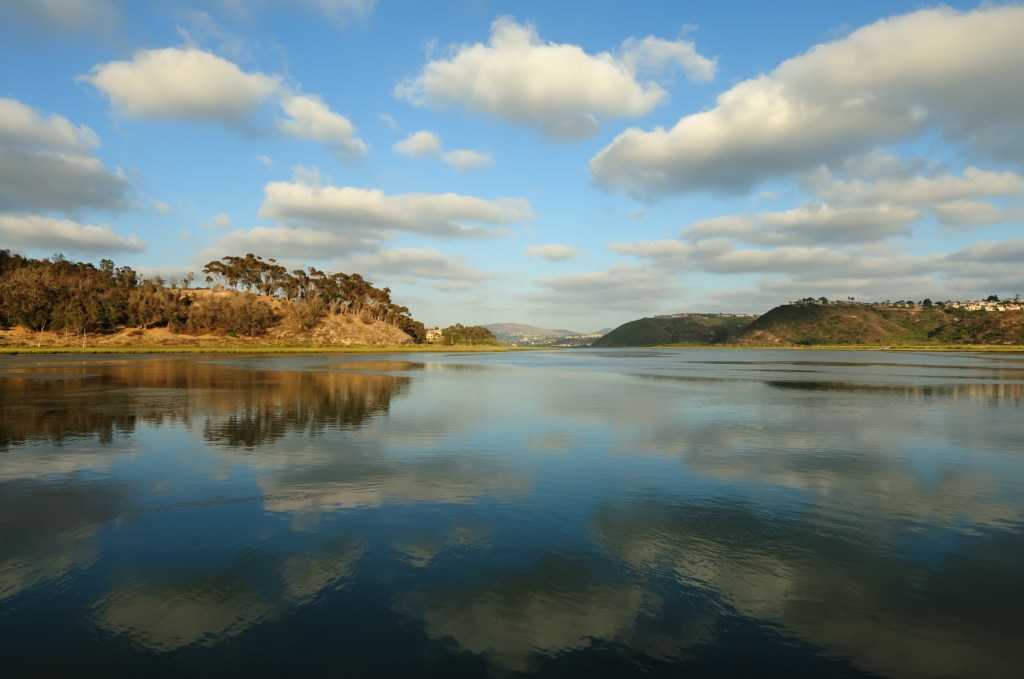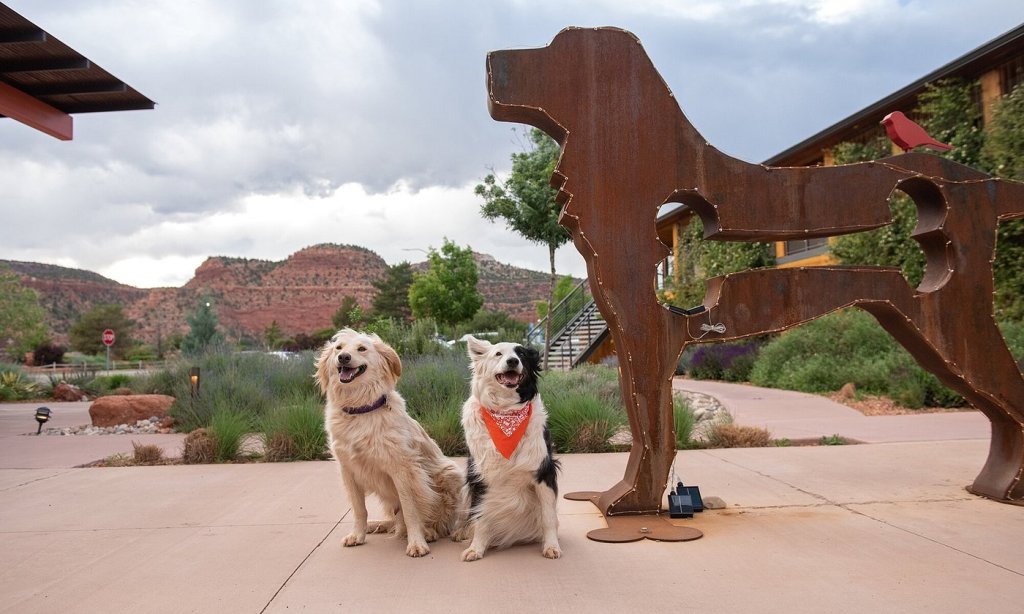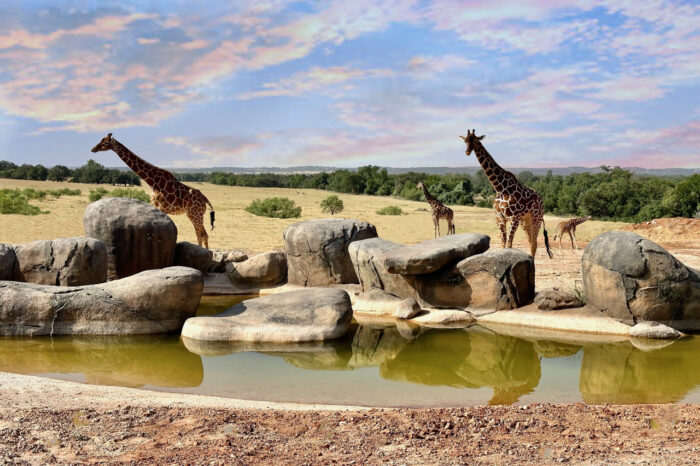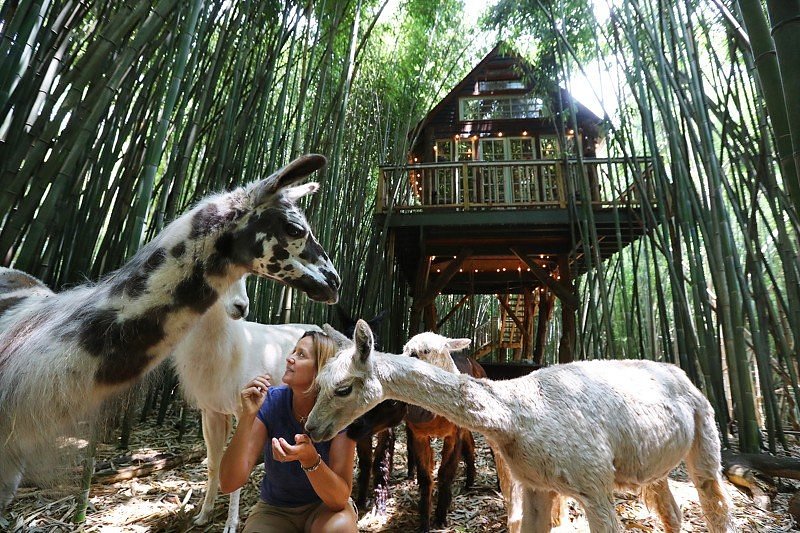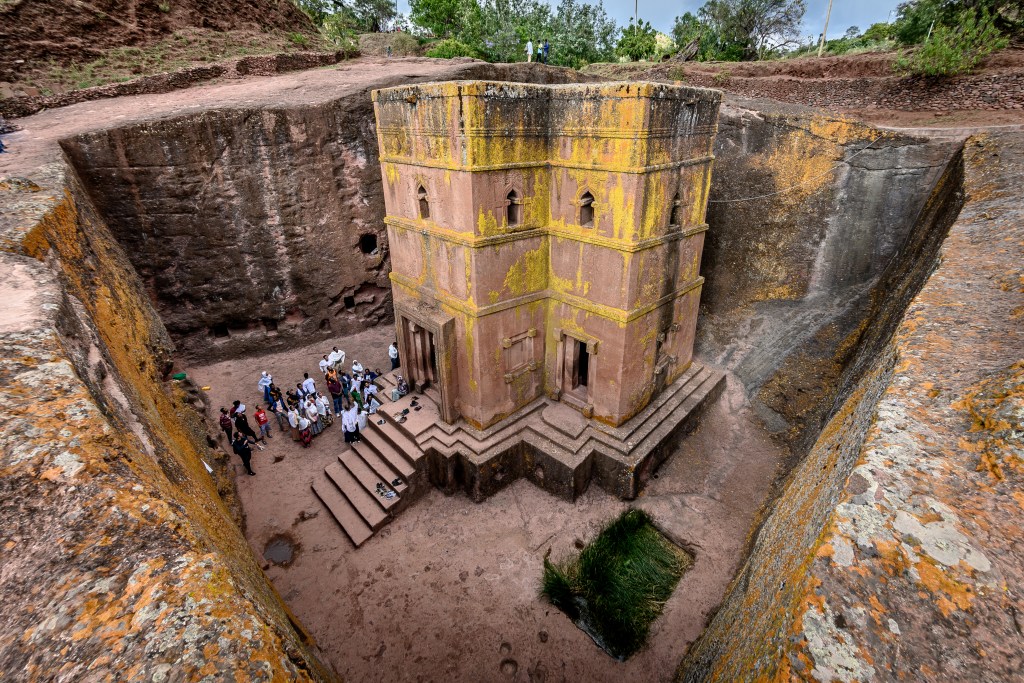With its near year-round low temperatures and rugged stretches of untouched wilderness, few travelers associate Alaska with beaches.
But let me hit you with a surprising fact: Alaska tops the list for total coastal miles of all US states.
With almost 34,000 miles of coast, it’s got nearly three times as much as Florida, which has only 8,400 miles of coast. That’s a pretty hefty gap, especially considering how much we love a beachy vacation in Florida.
If it weren’t for all that pesky snow, Alaska would be the United States’ premier summer vacation spot.
Unfortunately, most of the state’s coastline is impossible to reach, frigidly cold year-round, and home to grizzlies, bald eagles, and other great beasts.
Most of the coastline, anyway.
What Alaska beaches lack in warm sunshine and piña coladas, they make up for with drool-worthy views and wildlife sightings.
Ready to take on some of the coolest and most scenic Alaska Beaches on your next visit? Here’s where to go.
Best Alaska beaches
Black Sand Beach (Barry Arm)
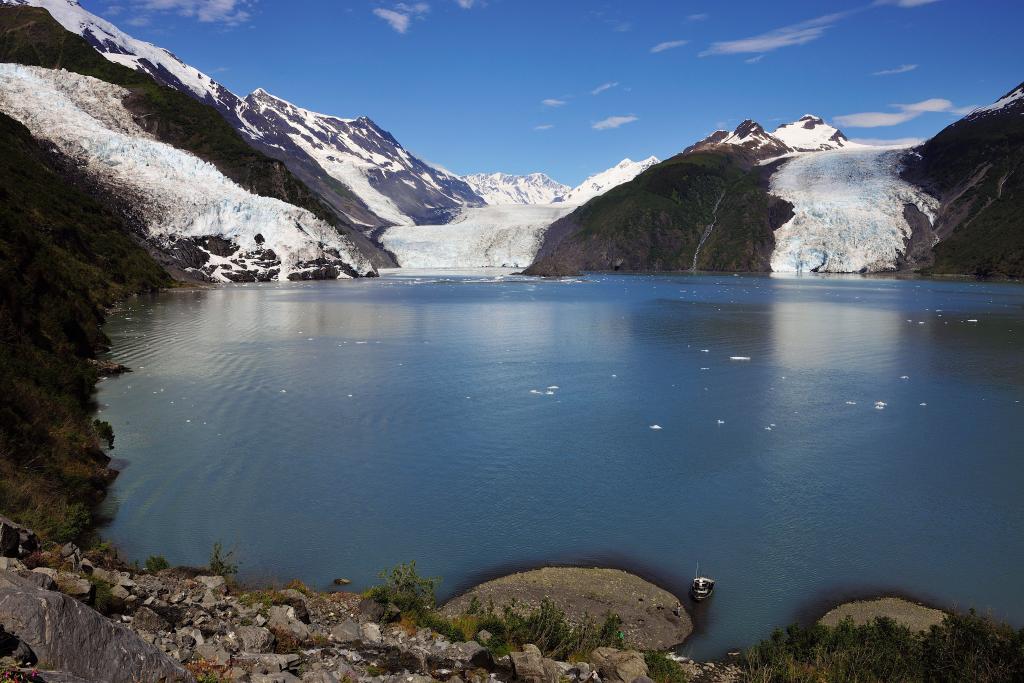
East of Anchorage, Alaska, waits Prince William Sound, which is renowned for its dramatic views of the mountains and forests.
During the warmer months, water cascades downward from the glaciers, trickling down toward a black sand beach in the Barry Arm area. You can enjoy walks along the beach, along with kayaking out on the water.
In fact, by kayak, you can even explore tidewater glaciers in the water, as the waters here are partly fed by the Coxe glacier.
Eagle Beach State Recreation Area (Juneau)

Juneau has one of the best beaches in the state, which offers mind-blowing views of the surrounding mountains, many of which stay snow-capped year-round.
While the actual recreation area is pretty bare-bones (including primitive campsites), you can expect to spot wildlife during the warmer months, from whales to sea lions to bald eagles.
Homer Spit Beach (Homer)
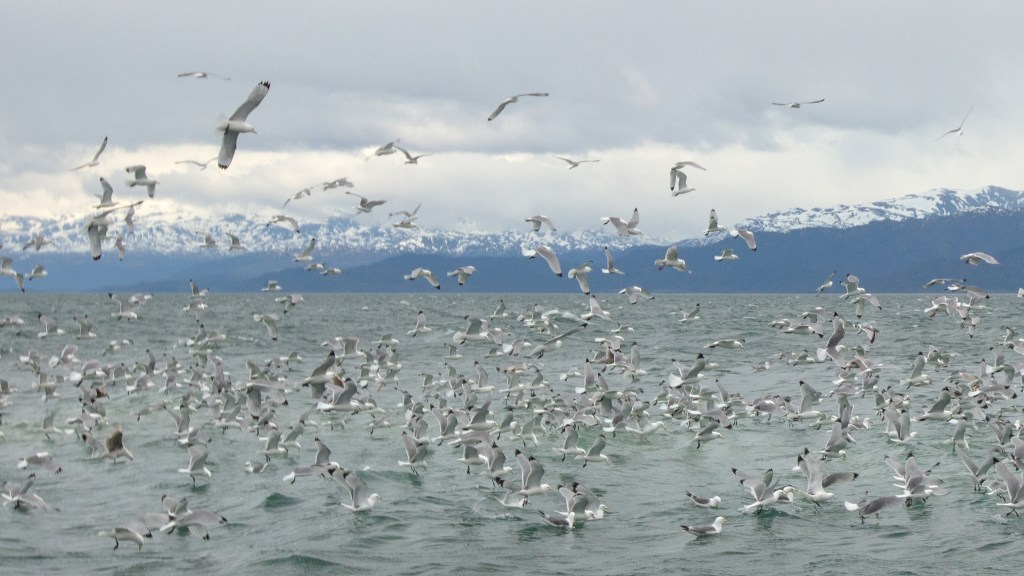
Homer Spit is an oblong peninsula that extends into Kachemak Bay in southern Alaska, rising only around 19 feet above seawater. As such, it experiences very high and low tidal shifts, letting you enjoy cool beach walks and even take advantage of beachcombing.
The area is also home to a large harbor with many vessels. Many are commercial, but plenty are also available for rent, letting you get out on the water if sticking to the beach isn’t enough. Be on the lookout for bald eagles, they’re a common sighting!
Pro tip: Head over to Bishop’s Beach if you enjoy your time on Homer Spit Beach. It’s located nearby and has plenty of low-tide pools that you can explore, full of jellyfish, plankton, and other marine life.
Surfer’s Beach (Yakutat)

Yes, you can surf in Alaska—though I imagine you might want a wetsuit… or two. While you’ll find a handful of beaches that are great for surfing, I recommend heading to Yakutat, located on Alaska’s coast between Anchorage and Juneau.
The area is renowned for its surfing, which is best experienced at Surfer’s Beach. Even if you don’t dare venture into the water, you’ll still enjoy your time. The beach is surrounded by mountain views and thick, emerald forests, similar to Black Sand Beach near Barry Arm.
Anchor Point Beach

Anchor Point is an area located on the Kenai Peninsula, not far from Homer’s Spit. Unsurprisingly, those dramatic tidal swells make it a top spot for fishing, beachcombing, and bald-eagle spotting.
As an added bonus, you also have fantastic views of Mount Iliamna and Mount Redoubt, two of the state’s most commanding peaks.
Rotary Beach or Bugge Beach (Ketchikan)
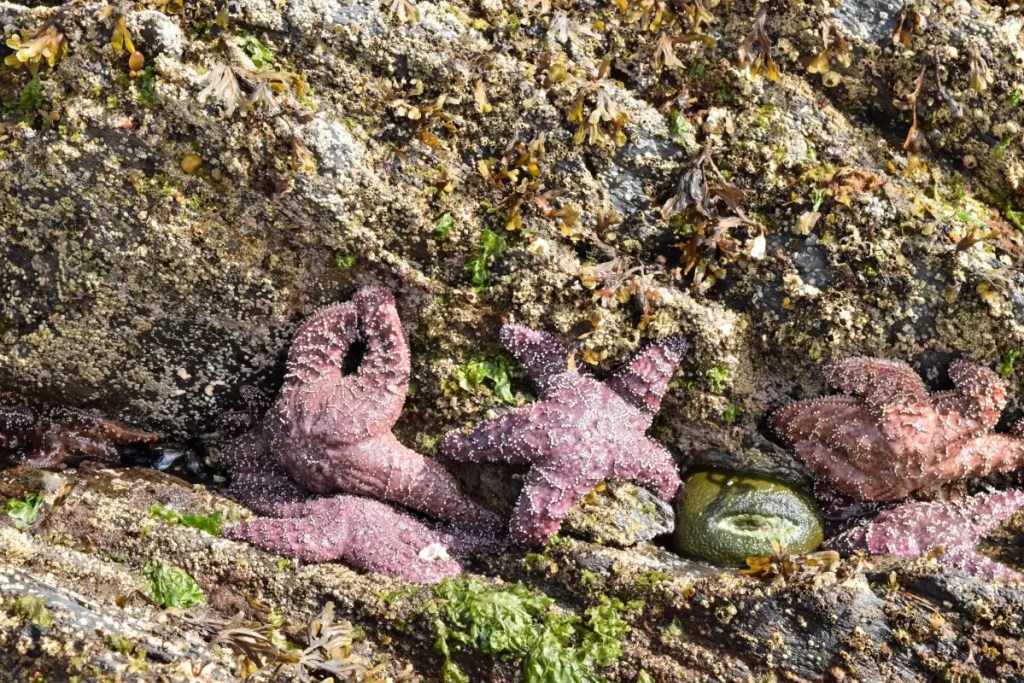
If you can surf in Alaska, then it’s not a stretch to recommend swimming. If you want to take a dip in the ocean, head to Rotary Beach… just know that it’s artificial.
The city created a unique cement causeway that draws up the seawater and lets it warm up in an artificial pond. And don’t expect calm waters; as the tide rises, small octopus, eelgrass, clams, mollusks, sea urchins, sea anemones, and more enter the artificial pond.

